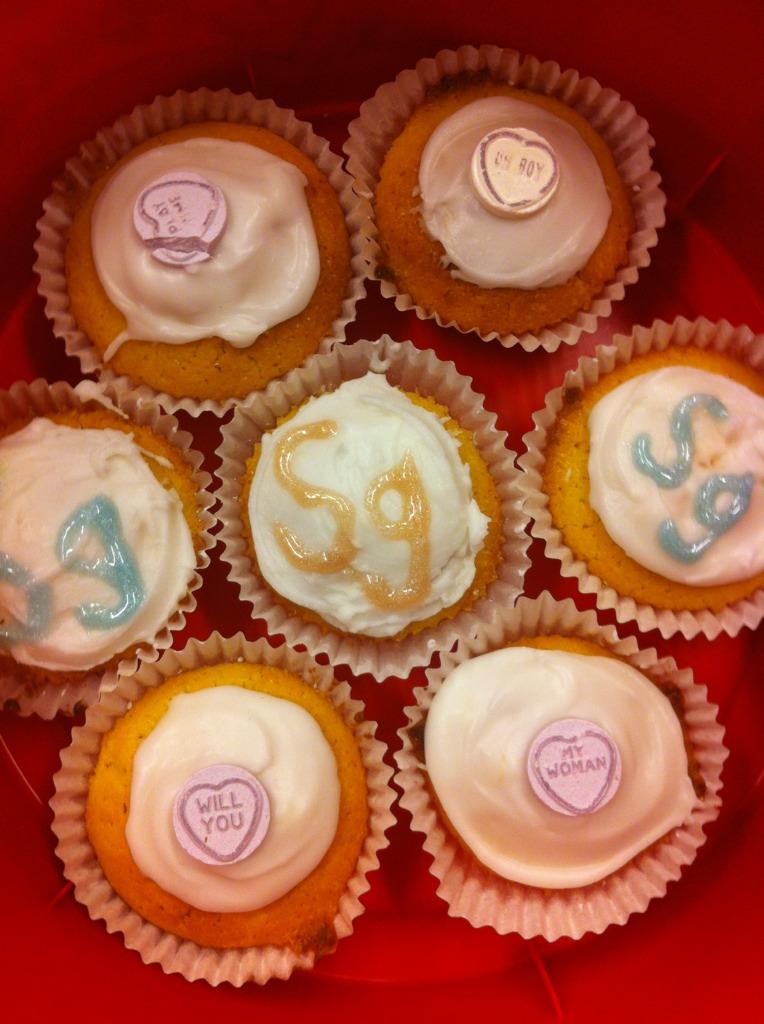News of research indicating that feminine scientists may actually put girls off science raised a few eyebrows at Soho Skeptics last month... so we asked the fantabulous Michelle Brook to do some digging and find out what that paper really said:
Scientists,
like any other group, are not all the same.
And
as a community we ought be showing this diversity. To encourage
children to embrace the idea that they can follow scientific careers,
we need to be showing that people like them already do science.
Evidence shows that perceived similarity is an important factor in creating effective role models, and therefore we need to be providing role
models that aren’t just old, white, men.
Yet
there is a wealth of evidence showing that children of all ages, even those from minoritybackgrounds, have the over-whelming perception of a scientist as awhite bespectacled man, working alone in a lab.
With
scientists – male and female – visiting schools, and taking part
in engagement schemes like the brilliant ‘I am a Scientist, Get me out of here!’,
we hope to start counteracting this image, and show that scientists
are human beings; that they have their own sets of interests,
personalities, have taken different career paths, and indeed can be
emulated.
Therefore,
when a news release for a paper entitled ‘My Fair Physicist? Feminine Math and Science Role Models Demotivate Young Girls’
popped into my Twitter feed a few weeks ago, I was rather alarmed.
What
are the implications of this, if feminine role models really do
demotivate girls from embracing science? By encouraging a wide range
of people, including ‘feminine’ women to talk to children, are we
actively doing harm? Social science research can be invaluable at
informing our understanding of human interactions, so I took the
scientific approach, read the paper, and looked at the results.
I’m
not going to repeat what is a comprehensive take down of the paper. However the tl;dr (too long; didn’t read) version is
that neither myself nor a number of others are convinced by the
conclusions of the study.
The
paper focused upon a very extreme stereotype of what a ‘feminine
female scientist’ would look like; someone who wears pink, likes
fashion magazines and wears make up. I wouldn’t like to define what
a ‘feminine female scientist’ would look or act like, nor guess
at how such a person would be portrayed in a written interview (as
was the method used to introduce the role models to participants of
this study).
Whilst
I am sure there are some female scientists who do wear pink clothes,
like fashion magazines, and wear make up (indeed, my former physics
teacher was one), it is statistically unlikely that there would be
that many. Instead we would expect a bell-curve of 'femininity'
(however that was defined), and indeed a female scientist certainly
need not conform to this image in order to self-define as ‘feminine’.
Just
by looking around us, and thinking about who we know, we can see that
scientists come in all shapes, sizes and skin colours. Some are male,
some female, and some would prefer not to define as either. Some are
feminine, and others are not.
Similarly,
school aged girls are not a single group. Some of these will be more
confident than others, some will have more positive ideas and
experiences of science, and yes, undoubtedly some of these will be
more feminine than others.
If
we want to provide girls, and indeed other groups under-represented
in science, with role models, we need to ensure that these multiple
types of ‘scientist’ are made visible. The more we do this, the
more we breakdown the preconceptions of who and what a ‘scientist’
is, and the more we increase the probability that any one child can
find someone they can relate to, and hope to emulate.
Perhaps
there will be studies in the future which better show the effects of
role model types on perceptions of science. Perhaps we will get
better insight into the age at which stereotypical images of
scientists begin to form, how these preconceptions are reinforced,
and how to better break them.
In
the meantime, I think we can do a lot worse than displaying the
diversity of scientists in our midst.




.JPG)
.JPG)
.JPG)
.JPG)


